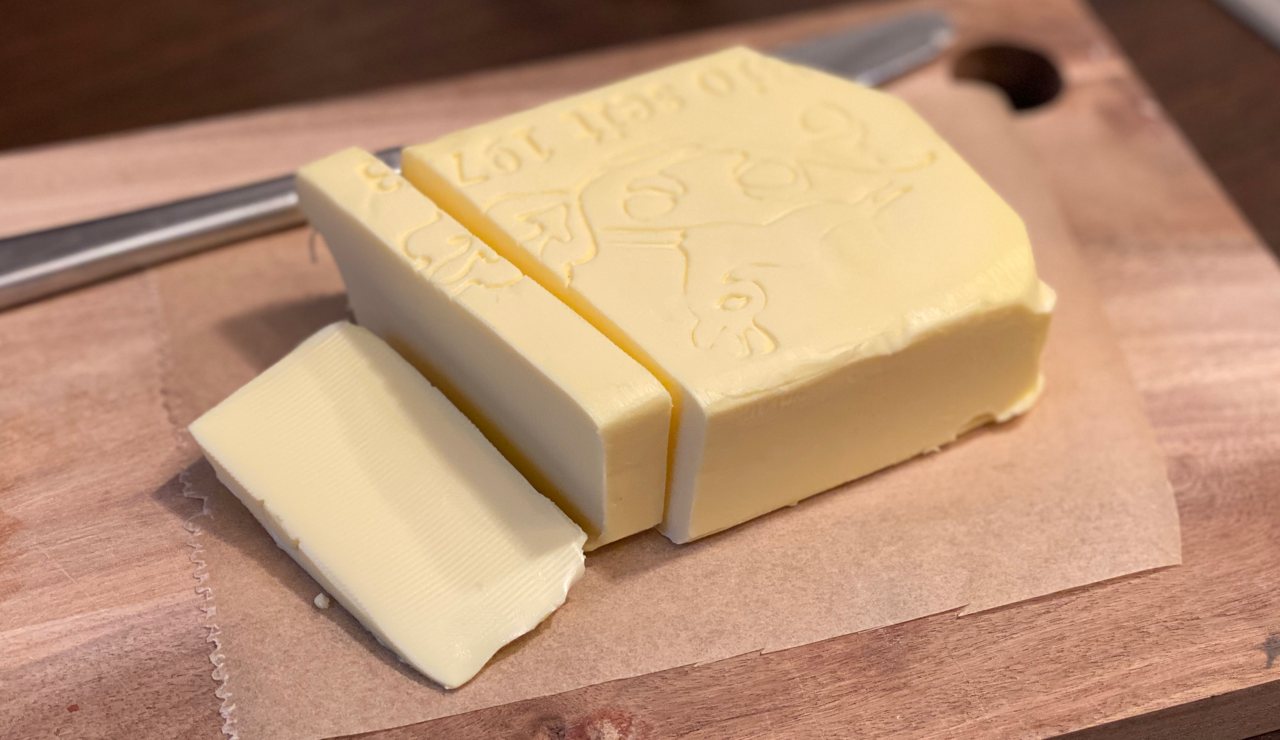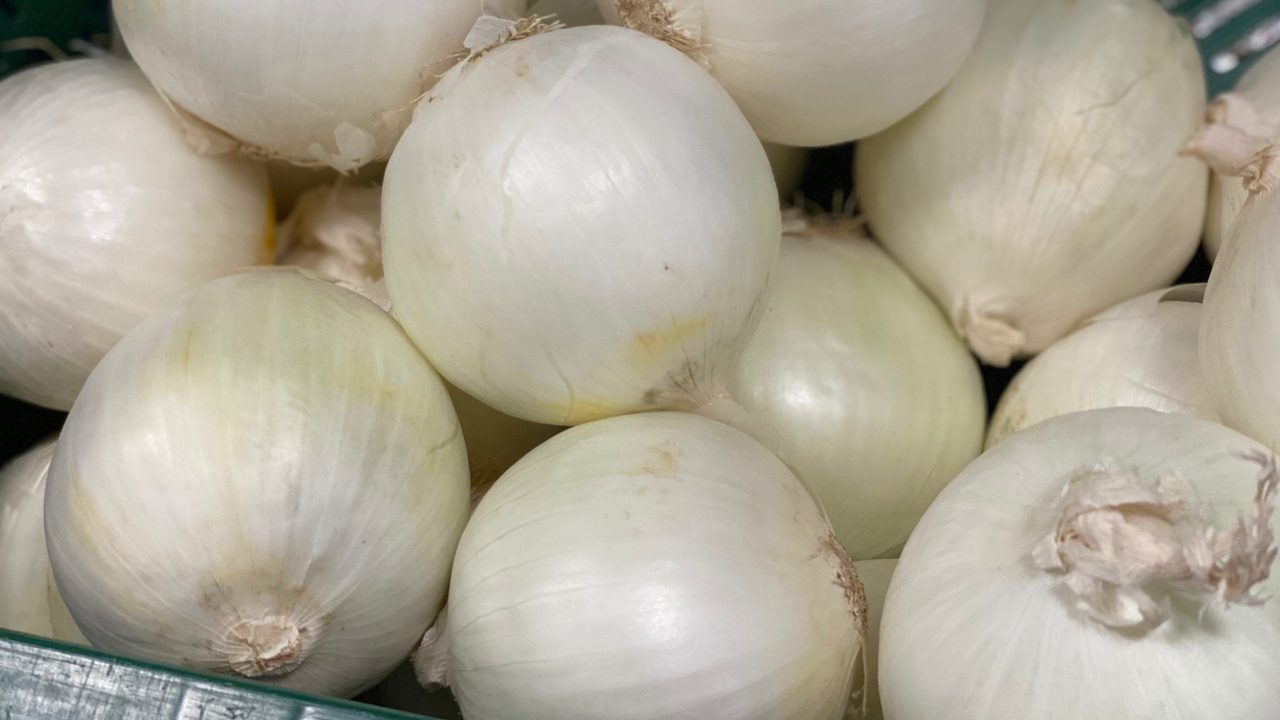Low FODMAP Diet
Probiotics and food intolerances: some interesting facts
Our intestinal tract contains around 39 trillion microorganisms that help us break down indigestible food components – fiber, for example – for the body to make use of them. Most of the intestinal flora is found in the large intestine. Over time, the metabolic processes of many lactic acid bacteria and bifidobacteria have become closely interlinked with our own, resulting in a symbiosis that benefits both the bacteria and the host. The bacteria get nutrients and a fertile place to multiply and in return form vitamins and short-chain fatty acids that are essential for many bodily functions.

Read More...

Read More...
I’m lactose-intolerant. Should I use lactose-free butter?
11/25/2021 Food Intolerances
If you have recently been diagnosed with a lactose intolerance, you may be unsure of what you can and cannot eat, which might mean that you carefully avoid anything that could potentially contain lactose, including butter.

Read More...

Read More...
How the low FODMAP diet can be used to manage IBS
09/03/2020 Food Intolerances
More and more, the low FODMAP diet is successfully used for the treatment of irritable bowel syndrome. And with the proper guidance it can easily be adopted: By avoiding certain carbohydrates that cause problems when eaten in large quantities you can significantly reduce the stress on your digestive tract. We explain the principles of this approach as well as its limits.

Read More...

Read More...
![[Blog]](../../rw_common/images/baliza_logo_retina.png)